🦀 Issue 55 - Question Everything
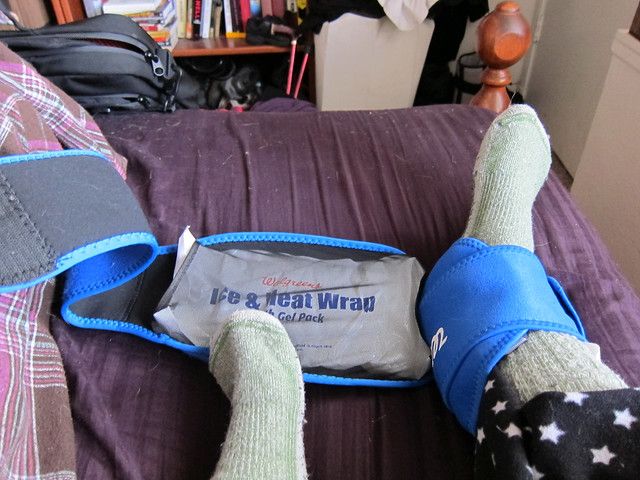
This week, we’re talking cryotherapy, a really really fancy way to say icepacks. Oh yeah! We’re also talking stationary bikes. So, there’s that. Why is this the question everything edition? Just wait for those two articles.
Hey, you! Want twice as many articles and the warm fuzzies you get from supporting an independent project like PT Crab? Become a King Crab subscriber here. Thanks!
Also this week, be sure to check out the podcast version if you want something more mobile. Lmk if you need a new link.
Let’s dive in!
Ice Doesn’t Work for Ankle Sprains.
The Gist - I know that’s a raucous headline, but here me out. If I’m being as accurate as possible, this review article from Physical Therapy in Sport points out that we technically don’t know if ice works. There’s been an insanely small amount of research in this area. I’m talking like two RCTs, both published in 1989. Ouch. The gist of them is that cryotherapy does not enhance the effects of other interventions on pain, swelling, or range of motion and, in their words “there is an urgent call for larger high-quality randomized controlled trials.” Yikes. I’m not saying don’t use ice, you do you. This article just points out that we don’t know that it actually does anything. All CPGs on ice use are based on “basic science”, which means theoretical, cellular stuff, not actual data from actual patients. Wowza.
Tell Me More - There’s not a lot more to tell here really. I’m not going to get into the individual papers because they’re 30 years old and basically inconclusive. I’ll just leave you with this: "No study has evaluated the effectiveness of cryotherapy compared with placebo, sham, waiting list or no intervention”. Someone get on it.
Paper? If you want to read this demoralizing example of research, be my guest.
Stationary Bikes Are Dangerous
The Gist - I know, I know, two cautionary, shouty headlines in a row. What is this, the local news? But again, hear me out. This comes from a systematic review in Physical Therapy Reviews who dug through 3,758 articles to find 3 (three!) that reported on stationary cycling following lower extremity MSK surgeries to improve ADLs, lower extremity pain, and body structure and function measures of the extremity. Again, a tiny body of evidence, of which two were RCTs and one was a non-RCT. This was all low-intensity stationary cycling that you commonly see in a PT clinic. Overall, it was actually pretty helpful for ADLs after THA or partial meniscectomy, increasing SF-36 scores 10 points in one study and WOMACs by 2.6. It also reduced pain in partial knee meniscectomy but not THA or TKA. So overall, not bad. Where’s the danger? Read on.
Tell Me More - Alright fine, I was intentionally scare-mongering. It’s not that dangerous. In one study on THA, out of a total of 99 participants in the cycling group, there were 5 adverse events adding up to a 1.59-fold increased risk over not cycling. So, not huge, but not nothing. In the TKA study, the risk was 4.46-fold higher in the cycling group compared to the non-cycling. That’s not nothing. Since we only have three studies, we don’t know too much about the overall risk, but it’s something to keep an eye on at least. In quick summary:
- Cycling lessens pain for meniscectomy
- Cycling improves ADLs in THA and meniscectomy
- Cycling may cause adverse events in TKA
Paper? Sure thing boss.
BFR Makes Ya Feel Better
The Gist - Specifically though, BFR can give someone that post-workout euphoria without doing too much of a workout. We’re all familiar with exercise-induced hypoalgesia and research has shown that the hypo-algesic effect is increased with increased intensity of exercise. Not everyone can do intense exercise though, so how do we unlock this? BFR seems to be the way. The studies this systematic review checked out showed that you can get high levels of post-exercise hypoalgesia with low levels of workload. Here’s the verbal breakdown, since the paper lacks numbers:
Of note, low load exercise with blood flow restriction at a high pressure (i.e., 80% of arterial occlusion pressure) had a greater hypoalgesic response than high load exercise and low load exercise with a low pressure (i.e., 40% of arterial occlusion pressure) at 5 min post exercise. In addition, the exercise-induced hypoalgesic response remained elevated at 24 h post exercise in both blood flow restriction conditions relative to baseline, but not in the high load or low load exercise without blood flow restriction conditions. Based on this finding, the magnitude of exercise-induced hypoalgesia effect appears to be larger when the exercise was performed with blood flow restriction compared with the exact same exercise without blood flow restriction.
Tell Me More - Why does this happen? In short, we don’t know. In long, we can guess. “The most commonly proposed mechanism of exercise-induced hypoalgesia is activation of the endogenous opioid system,” which will surprise no one. This theory has a lot of support and it seems that the increased metabolite production in BFR leads to increased opioid production. There are some other theories though.
The second guess is “high threshold motor unit recruitment.” The theory here is that BFR leads to the recruitment of motor units that wouldn’t normally be recruited at lower levels of exertion and these motor units activate a descending nociceptive inhibition pathway. Interesting.
Lastly, we’ve got two more quick theories. One is that elevated BP from exercise leads to decreased pain perception and the second is that pain decreases pain. e.g. if you hit yourself with a hammer, you won’t notice that you just stepped on a thumbtack. In this case, exercise is the hammer and chronic pain is the thumbtack. All of these theories have studies to back them up and they’re all referenced in the paper, so check out the whole thing for more.
Where is that whole thing? Here. It’s here.
Postpartum Women Run Differently.
The Gist - This is a pilot study, so it’s a pretty small sample size, but it has interesting data about how postpartum women deal with running. They grabbed 5 women who were planning to become pregnant, took lotsa measurements about their running form and style, then got back in touch with them a year or so later. 6 weeks after giving birth, these women had decreased pelvic rotation (-23%), decreased trunk rotation (-20%), decreased cadence (-3 steps/min), increased stance time (+6%), and wider step widths (+44%!). Hip ROM decreased by 3.3° and knee increased by 1.6°. Overall, running mechanics changed a lot postpartum.
Tell Me More - Researchers chalk the changes up to pain and pain-avoidance. At some point in their pregnancies, all the women experienced hip and pelvic pain and the researchers speculate that their running mechanics changed in order to prevent or moderate this pain. Other studies have shown that decreased pelvic rotation can reduce lower back and hip pain, so this could be true. They also speculate that increased ligamentous laxity around the pelvis caused increased muscular work in that area, changing pelvic dynamics. Possibly most importantly, the “results suggest that pelvis and trunk motion does not resolve to pre-pregnancy patterns by the time physicians often clear women to return to running.”
Paper? Indeedy-doody.
Did that feel short? You know how to get more by now, so please consider supporting PT Crab by becoming a King Crab subscriber. Thanks!
This week’s bibliography:
- Cardenas, A., Nikolopoulos, M., Musselman, K., & Fehlings, D. (2021). The effect of stationary rehabilitative cycling after lower extremity musculoskeletal surgical procedures on gross motor related activities of daily living, lower extremity pain and body structure and function outcomes: A systematic review. Physical Therapy Reviews, 26(2), 124–138. https://doi.org/10.1080/10833196.2020.1833275
- Miranda, J. P., Silva, W. T., Silva, H. J., Mascarenhas, R. O., & Oliveira, V. C. (2021). Effectiveness of cryotherapy on pain intensity, swelling, range of motion, function and recurrence in acute ankle sprain: A systematic review of randomized controlled trials. Physical Therapy in Sport, 49, 243–249. https://doi.org/10.1016/j.ptsp.2021.03.011

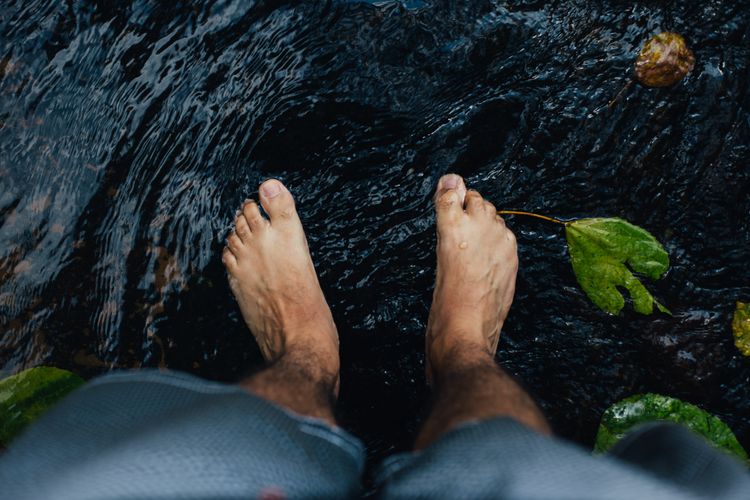
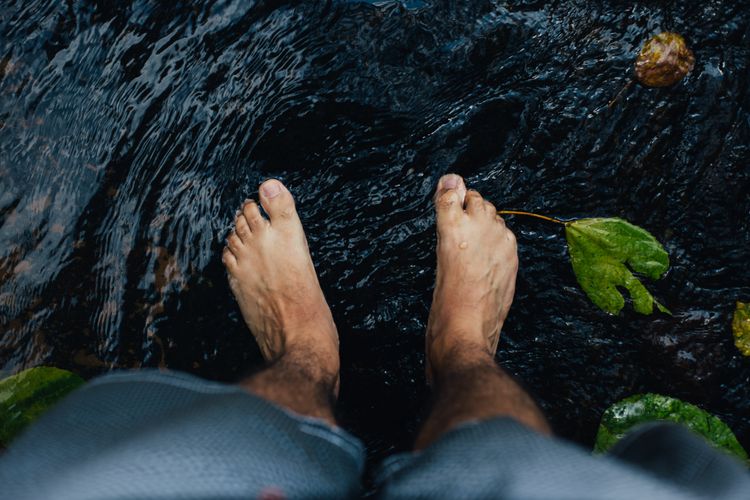
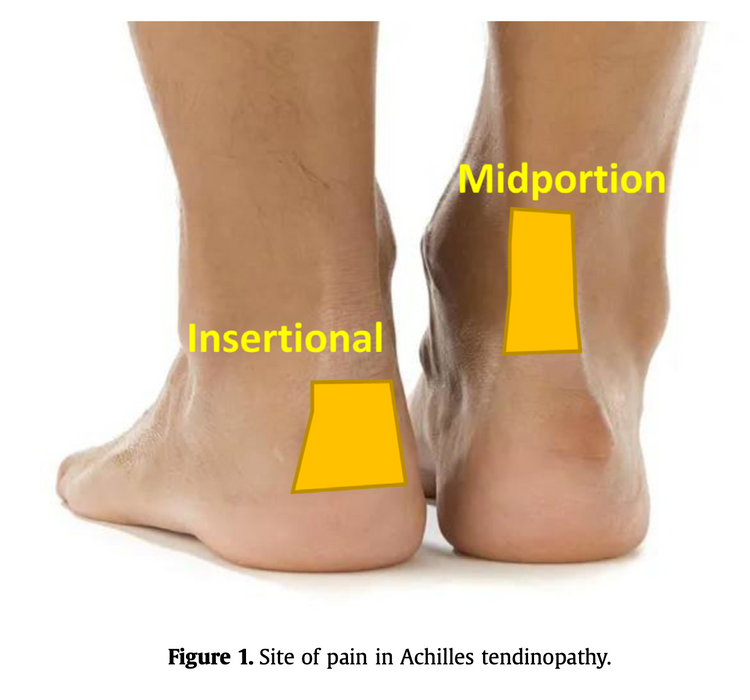
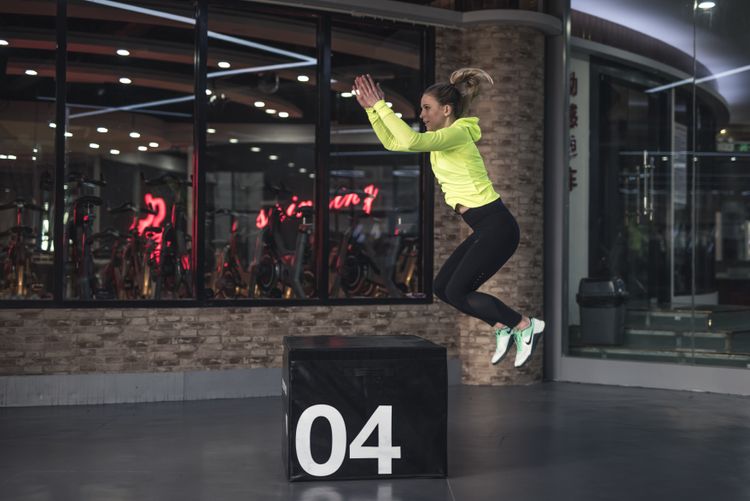
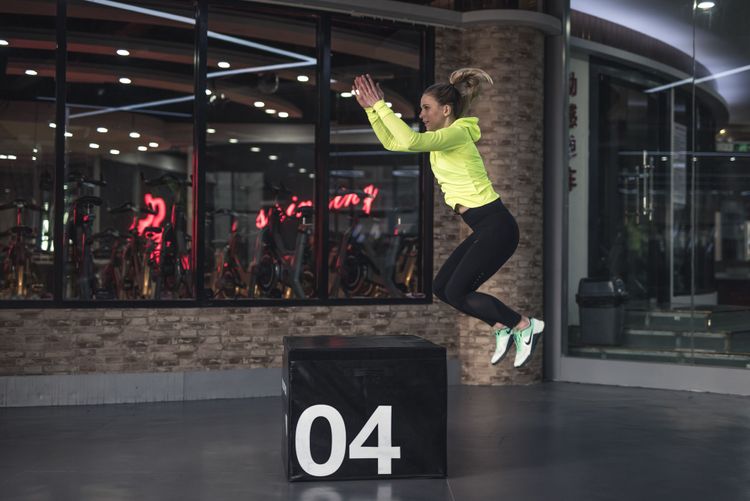
Comments
Want to leave a comment and discuss this with your fellow PTs? Join PT Crab and get summarized PT research in your inbox, every week.